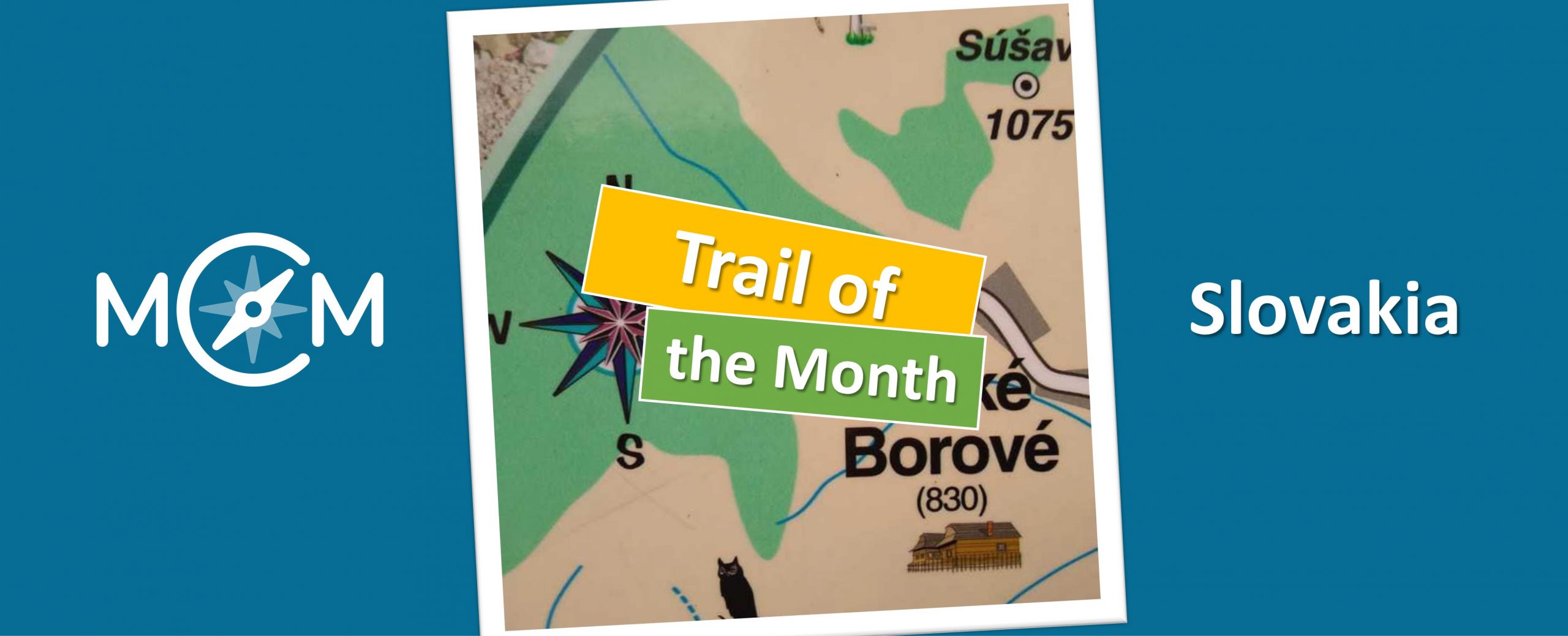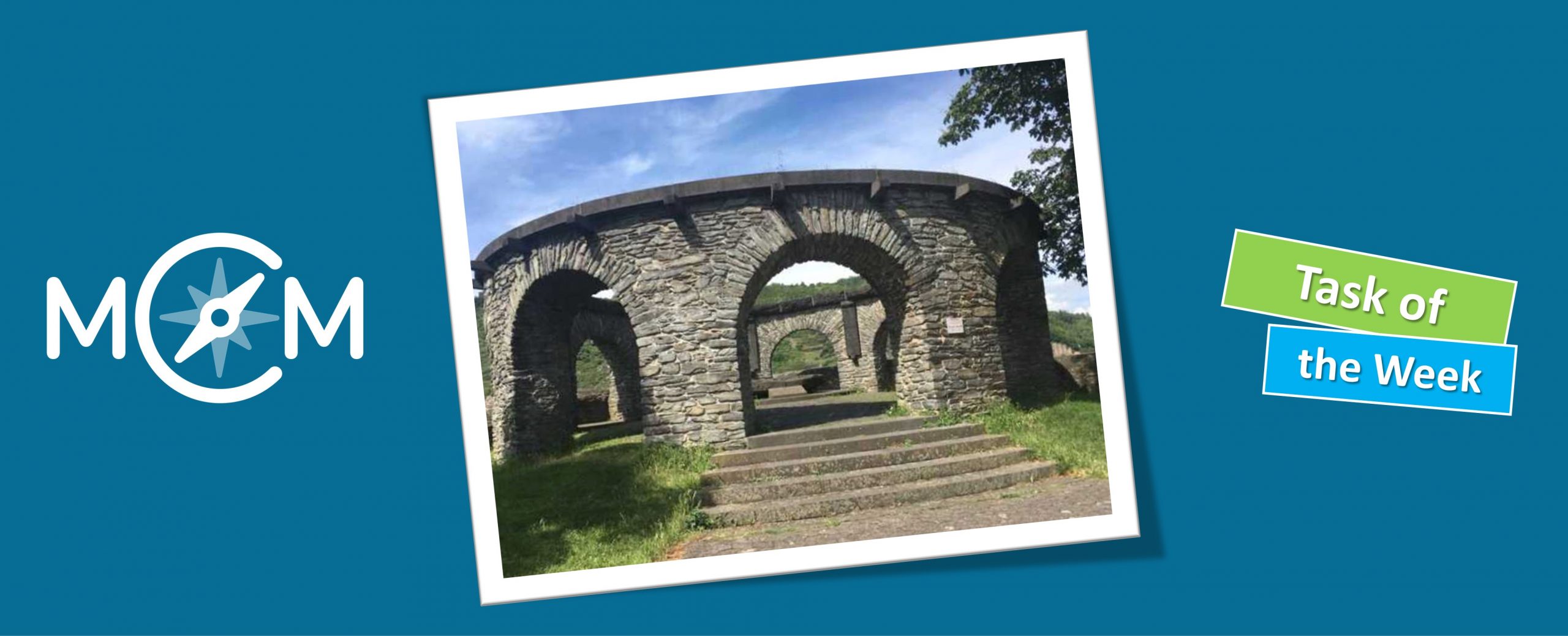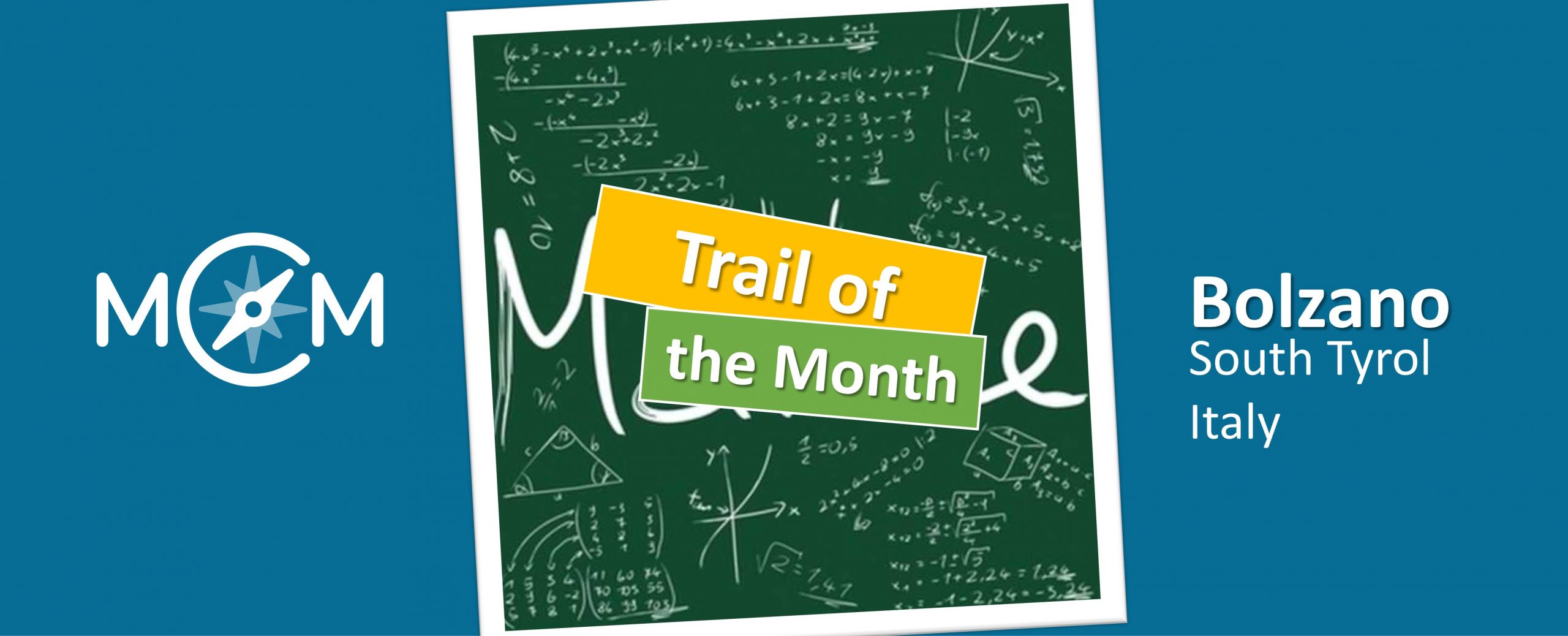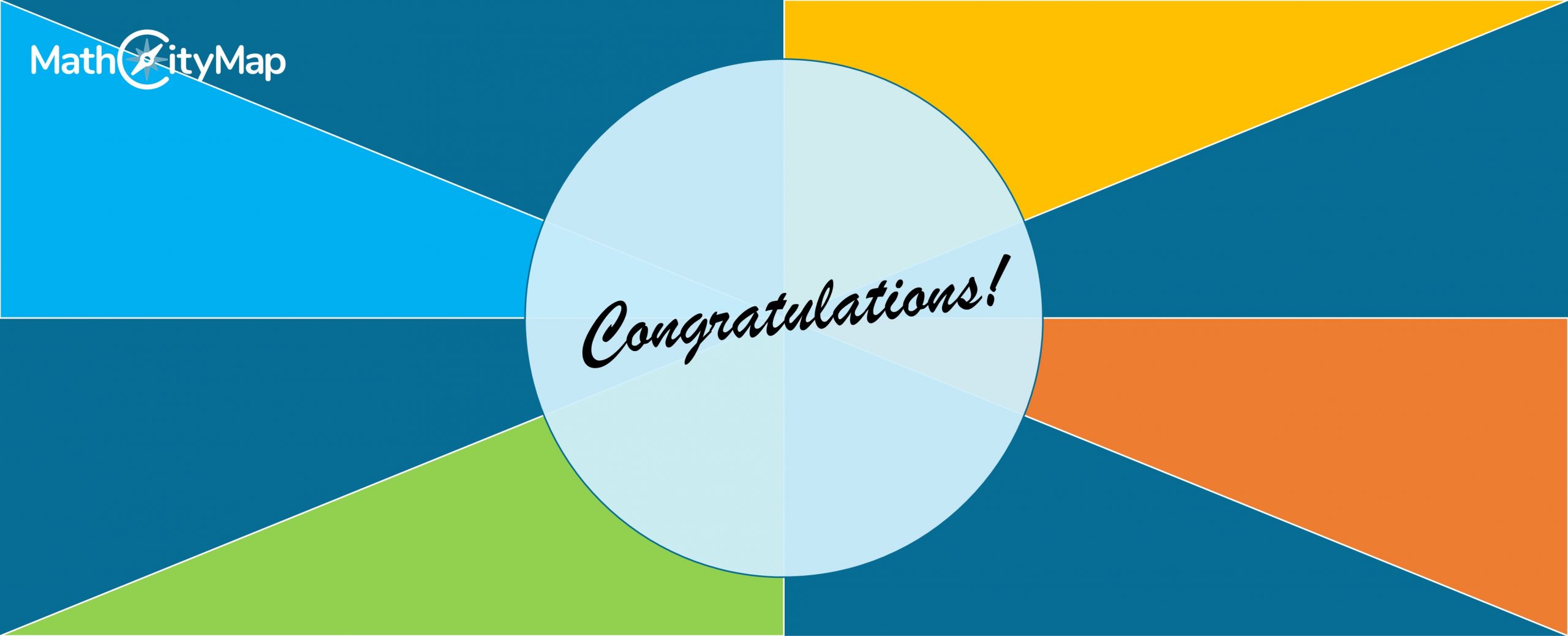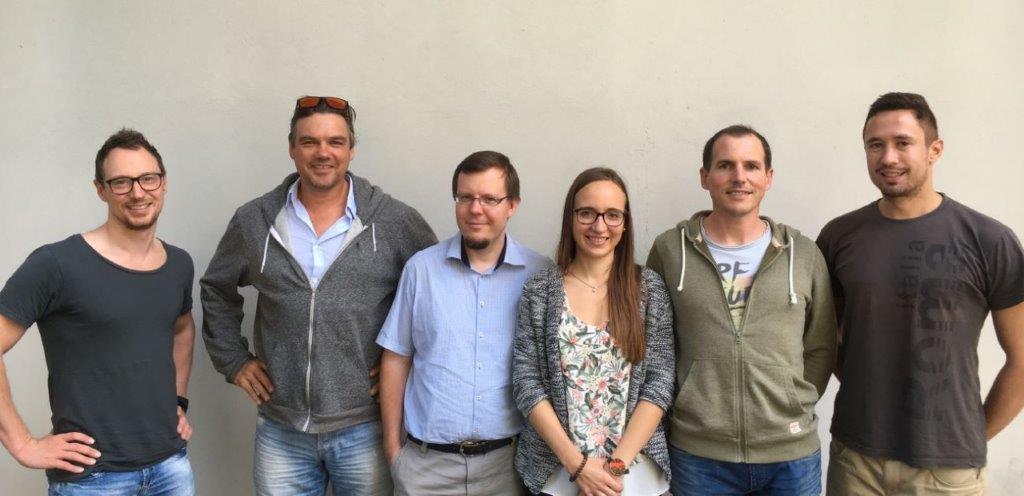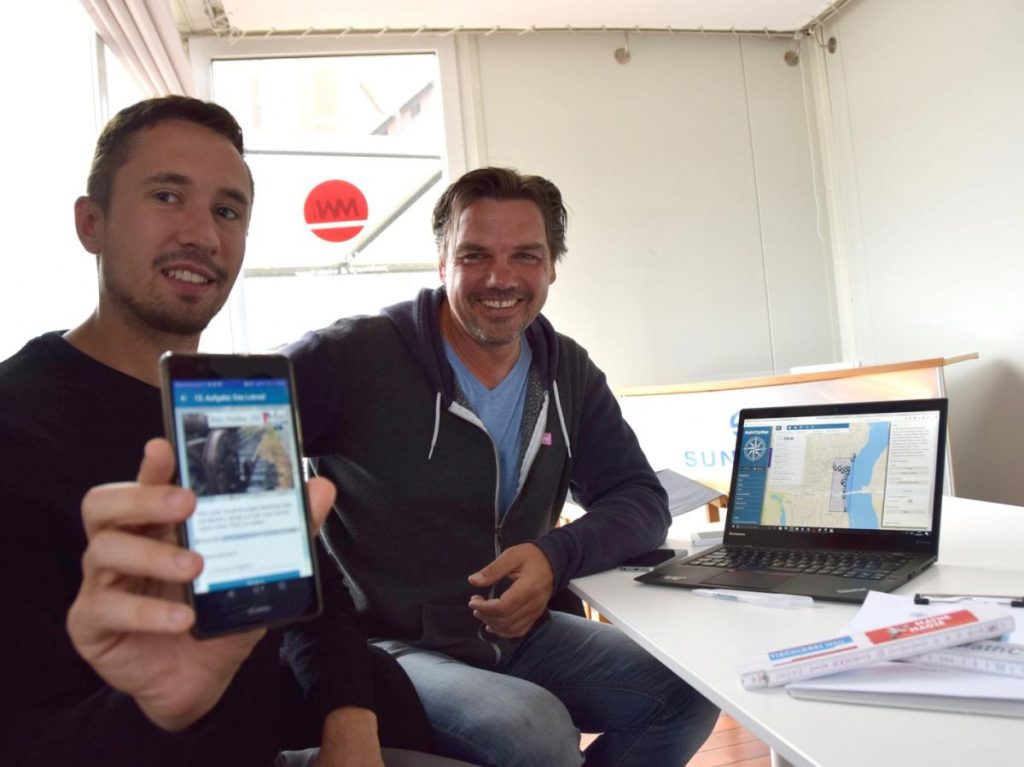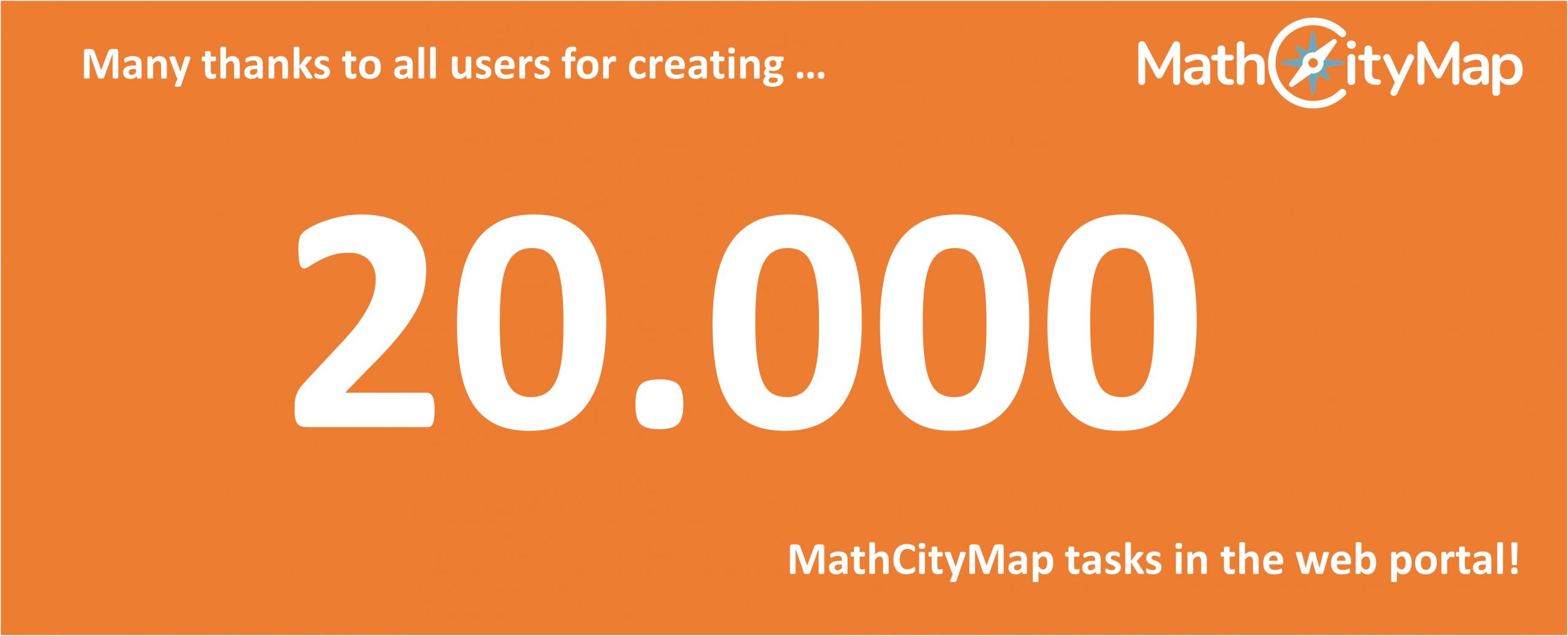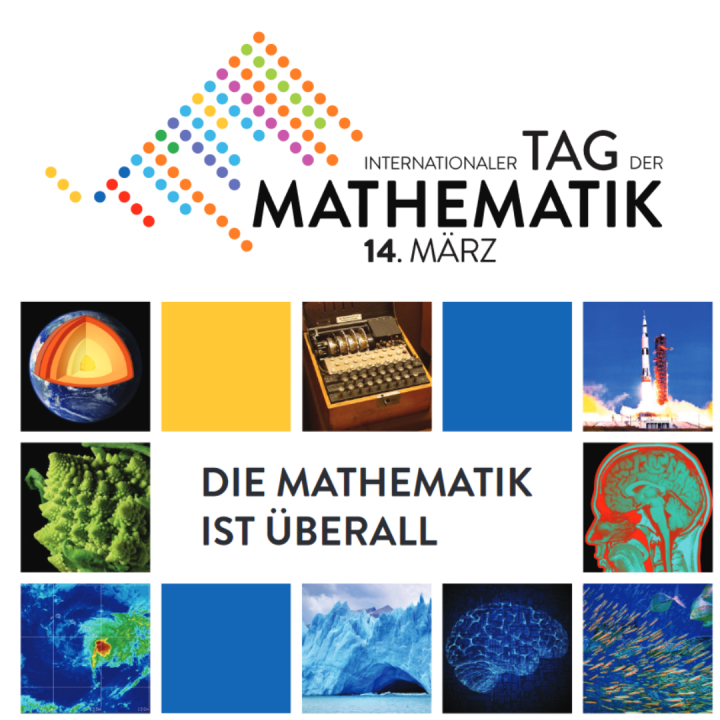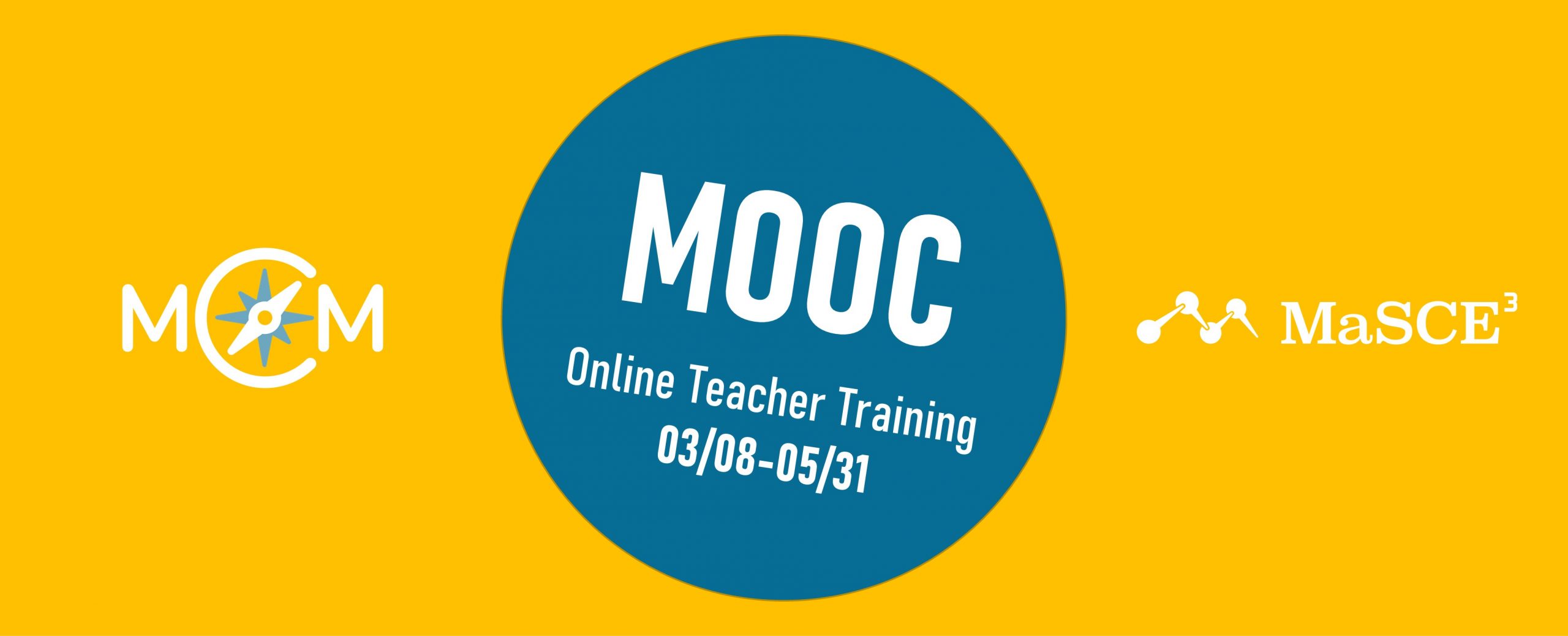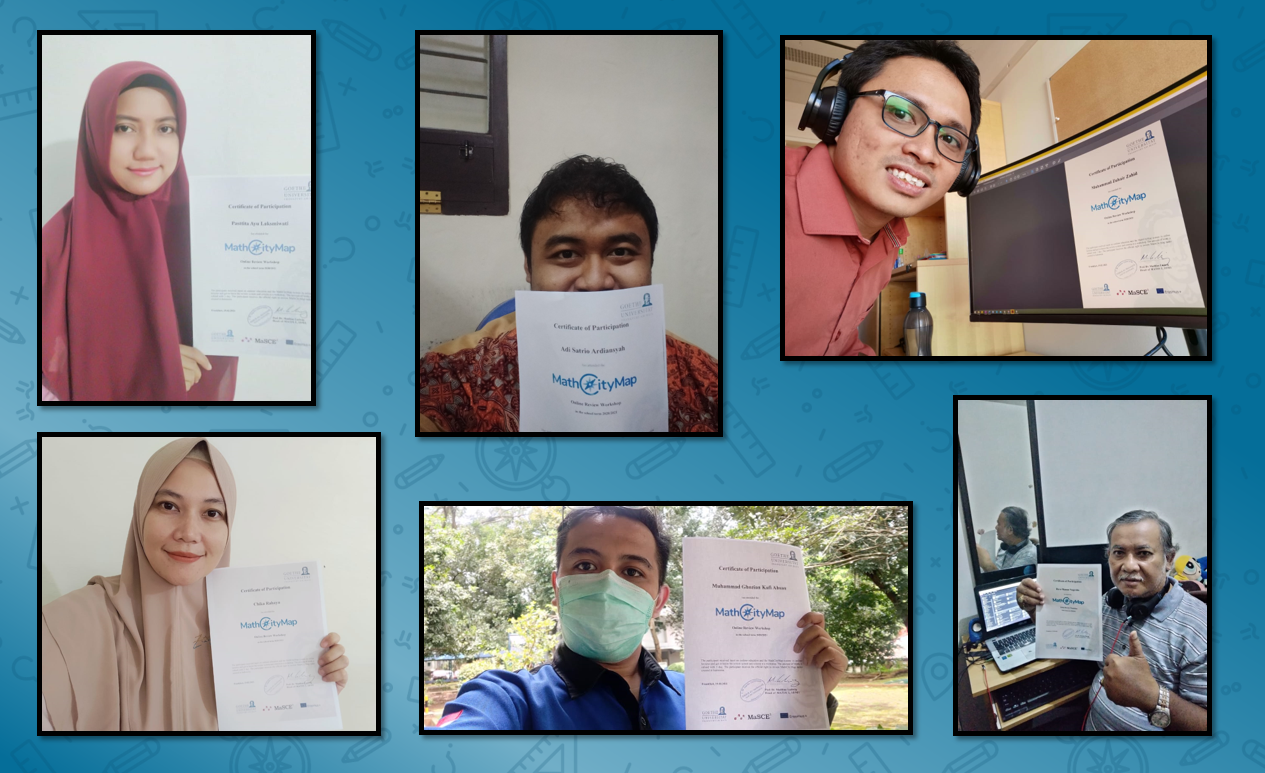In this interview with Sona Ceretkova, we focus on the learning path “[MCM@home]Veľké Borové” which is awarded as MathCityMap Trail of the Month in April 2021! The first part of the interview can be seen here.
Collection of MCM@home Trails:
Click here to get an overview about all digital learning paths which were created by MathCityMap partners
Dear Sona, what are your experiences with MCM@home? How did the students work on the digital learning path?
We offered [MCM@home] Veľké Borové to two different groups of pupils and students as a relaxation, a reward for their work in online math classes during the autumn of 2020.
The first group was a group of teenagers (ages 14 – 19). They are students of a secondary art school, a total of 145 students. They chose their study also because they feel like artists who do not need mathematics. This is reflected in the study program, with only one hour of mathematics per week and the students, logically, consider mathematics to be a “necessary evil and suffering”. The most appropriate strategy for teaching mathematics in such an environment is to prepare and teach each mathematics lesson as a separate event. The MCM trail fascinated all the artists-students, there were only a few exceptions. After completing the trail, the teacher received appreciative feedback such as: “This kind of math is also for those who do not need or like mathematics.” The main reason is the use of the application on a mobile phone and immediate feedback after sending the result. This is, as it has already been stated several times, the strongest emotional impact of the MathCityMap principle of solving mathematical problems.
Compared to solving tasks with the original outdoor MCM trail, strong emotions will not disappear, when solving MCM@home tasks. On the contrary, emotions gain strength, because, as the students admitted, parents or siblings helped them solve problems from home. In addition, the place where the trail was located on the map, was known to some of the students. They had visited the village of Veľké Borové, Chočské vrchy Mountains or the neighboring valleys, Kvačianska and Prosiecka, registered in the UNESCO list of protected areas, as part of family trips in the past. The trail tasks brought back positive, pleasant memories and the students were happy to share their personal experience with the teacher and classmates during the online lesson.
Did you also make experiences using MCM@home on uiniversity level?
A second group of students (60 female students) was a group of future elementary school teachers. Mathematics in this university program is divided into several theoretical and practical subjects. The students received the [MCM@home] Veľké Borové trail as a reward for their performance during the whole semester in the subject: Methods of solving mathematical problems, taught in a Digital Classroom. Similarly like with the secondary school students, in the case of this group of future teachers, more than half of whom have no positive attitude towards mathematics, the MCM trail lesson had a strong emotional impact.
In the feedback, the students talked about the thrill they felt when sending the result of the task, about the disappointment if the result was not correct and about the joy if the application immediately praised them for the correct answer. Some students also mentioned that they know the location and like to think back to their experiences of hiking in this area of Slovakia. Several students showed interest in creating their own tasks and requested methodological instructions for creating MCM tasks and trails.
… to be continued …
